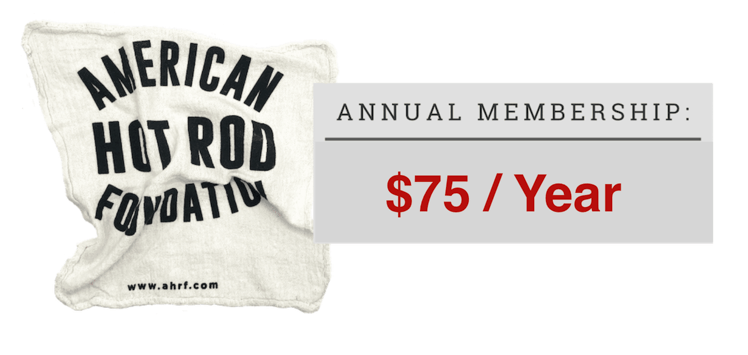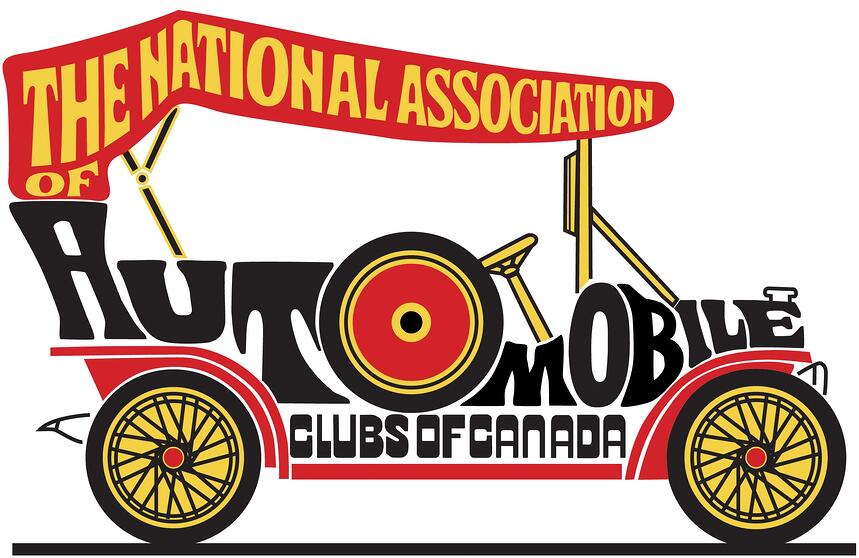The Pierson brothers, Bob and Dick grew up in Inglewood, California, a suburb south west of downtown Los Angeles. Bob, the older by five years, worked at a dealership and was Vice-President of the Coupes Club and Secretary of the Russetta Timing Association. A hot rodder before World War II, he campaigned a white ’36 3-window Coupe under the Russetta banner. With a full Edelbrock-equipped ’46 Merc’ he went 117.03 mph—setting a new Class A record—at the first Russetta El Mirage meet on May 2, 1948. The Coupe had smooth hood sides; whitewall tires and ’37 De Soto ripple bumpers but ran sans headlights, spots and hubcaps. This success was noted in the May 1948 issue of HOT ROD Magazine.
HOT ROD was so impressed with the car they put it on the cover of the August 1948 issue and gave it a two-page feature. They noted that Bob had started work on another ’36 in 1943 while attending Inglewood High. However, when he entered the Air Corps as an aviation cadet he sold the partly completed car. A new car was found in Denver and brought back to L.A. after his discharge. Then began the task of rodding it. The work was done in Bobby Meeks’ garage and took two years to complete with, of course, most of the effort going into the engine. The Merc block was bored at 3-15/16 and given a 1/8-inch stroke. Edelbrock 7-3/4:1 heads were complimented with a Super Edlebrock intake and a brace of Stromberg 97s. The cam was a Harmon & Collins Super H and they used Potvin ignition. The transmission had Lincoln-Zephyr gears and the rear end was upgraded with ball bearings.
As noted above; at the first Russetta meet of the ’48 season the car ran 106 and the speeds steadily increased until they got that record at 117 mph. For the races they would change jets and run alcohol. Pierson’s ’36 is the subject of a reader letter in the October issue and pops up again in the December issue coverage of the final Russetta meet of the year when Pierson bumped the record to 120.32 mph. It had been a successful first years racing.
At that time, younger brother Dick entered the scene and purchased a ’34 Coupe saying to Jay Fitzhugh for The Rodder’s Journal, “I bought the ’34 from a fireman in North Inglewood for $25. This was a really nice, straight, stock three-window coupe.” Initially, the car was going to be like Bob’s ’36, a dual-purpose car for street and lakes racing but the radical chop precluded that. However, Dick does remember they did drive it on the street once saying to Fitzhugh, “We let it be known that we would be running past Inglewood High late one afternoon. Anyone who had half an interest in cars was outside waiting, or at a window. I came past, running through the gears up to about 100, and then had to jump on the binders. We turned around and ran it back. It was the only time 2D was ever driven on the street.” Bob recalled, “With a cheap welding outfit, a hacksaw, and a hammer for rough, cut-and-fit work, we finished our dream project within five weeks without blueprints. After spending $200 we ran over 140 mph.”
What made the Coupe stand out were the chop and the leaning back of the windshield done that way so that they could stay within the regulations. Dick remembered they left the bumpers, grille and fenders out at the curb for the trash. Bob also chopped the ’36 that year and continued to race, drive on the street and flat-tow the new ’34. Now the ’36 sported louvered hood and sides, orange painted grille bars and wheels and an orange interior.
The ’34 appeared alongside Bob’s ’36 at a lakes meeting in 1949. Although in primer and not its innovative red, white and blue paint scheme, it nevertheless, had that distinctive stance that would make it one of the most iconic hot rods of all time. Paint by Jones, perhaps using translucent red and blue paint over the white base from Ed Pink’s father’s J.J. Pink Paint Co., it appeared on the cover of the April 1950 issue of HOT ROD with Bob posing alongside.
The ’34 was fast and had run 150 at a Russetta meet, consequently the Piersons were invited by Alex Xydias to run at an SCTA meet there being great rivalry between the two timing associations. Again, Dick recalled to Fitzhugh, “That didn’t worry us. We knew the Russetta clocks were good. We knew with the SCTA’s smaller speed trap, we were sure to prove them wrong. We ran 151 on the SCTA clocks, which was the second fastest time of this particular meet. The following year (1950) the SCTA added a Coupe class.”
In 1950, the ’34 made its only appearance at the Bonneville Nationals in the hands of the Piersons where it captured the Class B and C Modified Coupe records with two-way averages of 146.365 for the B Class and 149.005 for the C Class. According to author Dean Batchelor writing in his book the The American Hot Rod, the B engine was borrowed from Bill Likes. Unfortunately, in 1951, Dick was drafted into the Korean war and the ’34 was sold to Dawson Hadley for $600. Repainted blue with a white nose scallop it set a new C Modified Coupe record at Bonneville in 1951 at 160.132 mph. Dick, however, is recorded as having run at an SCTA El Mirage meet that year where he set a new record at 139.103 mph.
Bob and Dick eventually both worked at Edelbrock, two of only seven employees in the early days. There they enjoyed the insiders view and benefits of the rapid development and the ’34 became the test bad for new speed equipment and combinations. In Dick’s comments to Fitzhugh he recalled, “We were working everyday at the shop, and then at night supporting the midget racers that were run by fellow employees.” And, they too had a full schedule of races. It surely must have been heady times to be a hot rodder.
By Tony Thacker
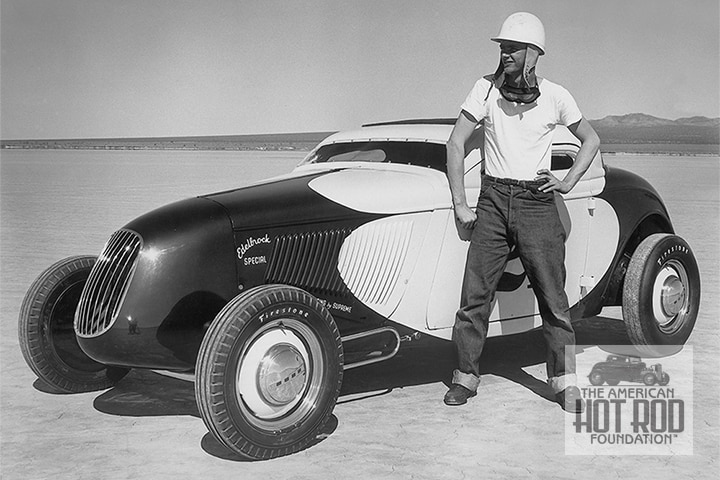
An outtake from the April 1950 Hot Rod Magazine cover shoot shows the Pierson Brothers Coupe in all its glory. The top chop on the ’34 influenced all who came later.
©AHRF/Rex Burnett Collection
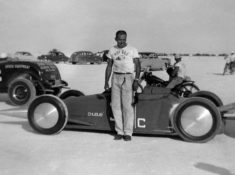 Ak Miller
Ak Miller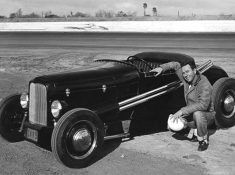 Jack Calori
Jack Calori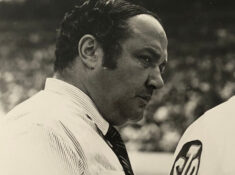 Andy Granatelli
Andy Granatelli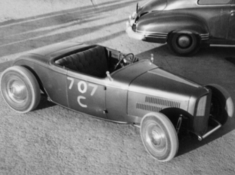 Jim Khougaz
Jim Khougaz